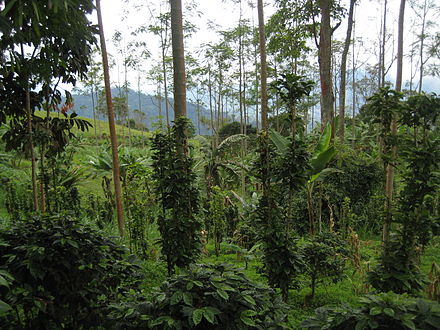
Sustainable Agriculture
The environmental impact of industrial agriculture damages a lot of ecosystems. These damages include soil erosion, groundwater pollution, air pollution, greenhouse gas emissions, and poor working conditions of farm workers.
Since we depend on agriculture for food, the negative impacts of industrial agriculture make our survival difficult. So, we need to practice sustainable farming to get food without causing harm to the environment.
According to the United States Department of Agriculture, sustainable agriculture is farming methods that protect the environment, expand natural resources, and use non-renewable resources adequately.
Eco-friendly agricultural practice focuses on systems that improve soil fertility and reduce emissions and energy consumption. It also focuses on improving animal welfare and encouraging biodiversity.
Crop rotation is one way to promote sustainable agriculture. This method improves soil quality by reducing fertilizer usage, thus restoring the lost nutrients and improving local biodiversity. Other eco-friendly agricultural practices are hydroponics and permaculture.
Why is fish consumption not sustainable
After meat, fish is our primary source of proteins. However, is fish sustainable food? Sustainable seafood refers to seafood caught in the wild or farmed without causing a decline in marine life species. Fishes are abundant in the ocean, but the growing demand reduces their population.
The United Nations Food and Agricultural Organization estimates we overfish 85% of marine fish stocks. We move fish from their habitats before they can reproduce, reducing their population in the ecosystem. Other factors also make it difficult for fish to survive overfishing.
Things like rising sea temperatures, ocean acidification, plastic, and chemical pollution affect fish populations, making it difficult for them to survive overfishing. Overfishing disrupts the marine food web, as fish are a source of nutrients for other marine animals.
These animals would enter a state of decline because they don't feed properly. Also, the method used to fish can cause environmental damage. For instance, bottom trawling is a fishing technique that involves dragging a big net across the seabed. This method catches everything in its path.
It puts endangered animal species, i.e., sea turtles, at risk. Furthermore, the net disturbs the seabed- releasing carbon stored in the sediments. It also reduces the capacity of these areas to absorb carbon in the future.


